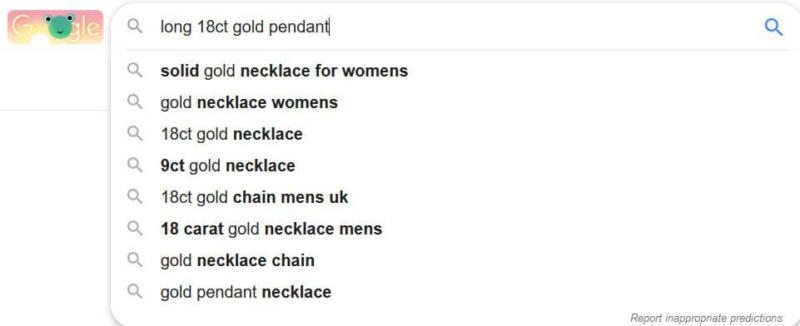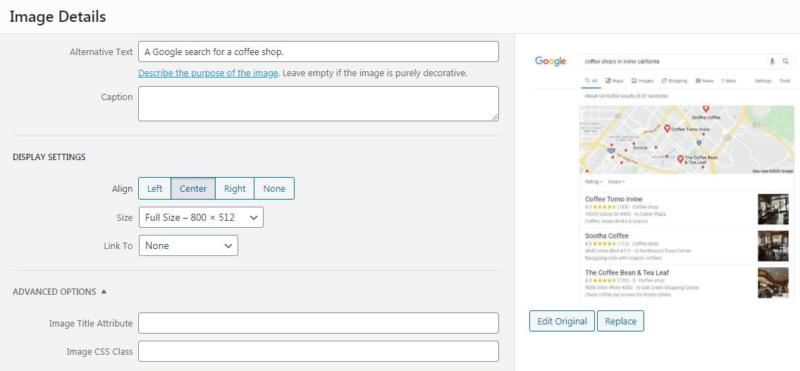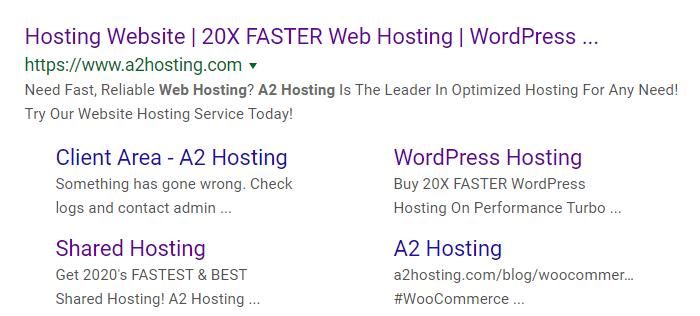How Long Does It Take for SEO to Pay Off?
As website owners, we all want to see our Search Engine Optimization (SEO) practices pay off. After all, a thriving online presence partially depends on ranking well in search engines. However, unrealistic expectations and the desire to see quick results can hamper your efforts.
Thankfully, plenty of research has gone into identifying tried-and-true methods that can deliver success on the SEO playing field. Over time, you should be able to encourage plenty of new traffic thanks to increased visibility. Slow and steady progress is key, which is why it’s important to prepare thoroughly and practice patience.
In this article, we’ll be taking a look at what to expect when it comes to SEO, and three steps you can follow to make success a reality. Let’s get started!
What to Expect From Your SEO Efforts
While you may wish to see immediate results from your hard work with SEO, it’s important to manage your expectations. You aren’t going to instantly see your page ranked as #1 for any Google search, no matter how high-quality it might be. However, that doesn’t mean SEO isn’t vital or effective.
With that in mind, it’s useful to know upfront that when you put effort into SEO, you’re playing the long game. The average #1 page for any given Google search has been around for about three years. Most of those in the top ten results for searches are older than two years. Less than six percent of pages will reach the #10 position or higher in under a year.
Of course, that doesn’t mean you should throw all your expectations out the window. Usually, if you have invested in strong SEO tactics, you’ll see an improvement in your rankings within about six months.
Some websites claim to see their rankings improve within weeks, but you should be wary of quick fixes. After all, Google looks at sudden jumps in SEO rank with suspicion, and your page could actually be penalized if it advanced too quickly.
Naturally, six months is still an average. The key point is that you’ll want to look for gradual, steady progress. If your rankings still haven’t budged after a year of putting out quality content and attending to SEO, then it’s time to reevaluate your strategy.
Fortunately, the better you adhere to some simple SEO best practices, the more likely you are to see your ranking go up. Let’s take a look at how you can improve your chances of consistently rising to the top.
3 Tips for Securing a Better Spot in Search Engines
SEO perfection is a holy grail that many actively seek. While there aren’t any hard-and-fast rules, there are plenty of smart and easy actions you can take to improve your standings. Here are three of the most effective SEO strategies.
1. Use Long-Tail Keywords
You can think of long-tail keywords as phrases that you use to attract traffic. For example, if you sell jewelry on your website, you’ll need to think beyond basic terms such “necklace” or “earrings” to attract visitors through search engines.
After all, the market will be flooded with such keywords. You’re not likely to rank as #1 on the Google page for “necklaces”, or even for “gold necklaces”. Instead, by focusing on longer niche terms such as “long 18ct gold pendant”, you can improve the chance that your pages will rank highly for relevant searches:

Google’s goal is to connect users to precisely what they’re seeking. By offering detailed descriptions that use long-tail keywords, you’ll be doing yourself a favor. You just need to be sure that the keywords you choose are what your target audience is looking for. Google’s own Keyword Planner tool is an excellent place to perform that research.
2. Add Alt Text to Your Images
‘Alt text‘ goes by many names, such as ‘alt tags’, ‘alt descriptions’, and ‘alt attributes’. Whatever you call it, alt text is simply a short description that you attach to images and other media on your website:

Each time you add an image to your site, you can include a short description of it (usually, this is a phrase or a single sentence). If for some reason the image doesn’t load, the text will be displayed instead. Alt text also keeps your website accessible, since it lets people using screen readers know what the image is.
What’s more, alt text tells search engines about the images contained on your pages. After all, search engine bots can’t make much sense of images on their own. With a clear description, however, Google and other search engines can understand what the image is and how it fits into your context.
To ensure that you’re writing quality alt text, you’ll want be thorough but concise. It’s also important to remember that this isn’t a space to cram full of irrelevant keywords. If a keyword happens to coincide with your image, go ahead and use it. However, simple descriptive alt text is just as beneficial to your overall SEO.
3. Create Custom Meta Descriptions
A page’s ‘meta description‘ is the paragraph of text displayed on a search page, which tells the users what your site contains:

On Google specifically, a meta description is an HTML tag of up to about 160 characters. One will be generated for each page automatically, but you can improve your rankings faster by creating your own custom descriptions.
After all, these little blurbs of text are what convince searchers to click on your pages or look somewhere else. In other to generate more clicks, your meta descriptions will need to be engaging.
In more specific terms, each meta description should be 160 characters or less, and written in active voice. It’s also a good idea to include appropriate keywords (if they fit in naturally), and end with a strong Call to Action (CTA) such as “Find out more!” Above all, you’ll want to make it clear to your target audience why clicking on the page will benefit them.
Conclusion
Turning your hard work and effort into SEO success is a journey that can take some time. Yet the rewards are clear, and well worth the wait. By practicing strong SEO, you can improve how your pages rank and generate new traffic for your website.
Let’s take another look at some of the best ways to speed your content along towards better rankings:
- Use long-tail keywords to capture relevant queries.
- Add alt text to your images.
- Write optimized meta descriptions.
Image credit: Pixabay.

![How Fast Hosting & Fast Sites Improve Your Bottom Line [Infographic]](https://www.a2hosting.com/blog/content/uploads/2021/01/web-hosting-performance.jpg)


